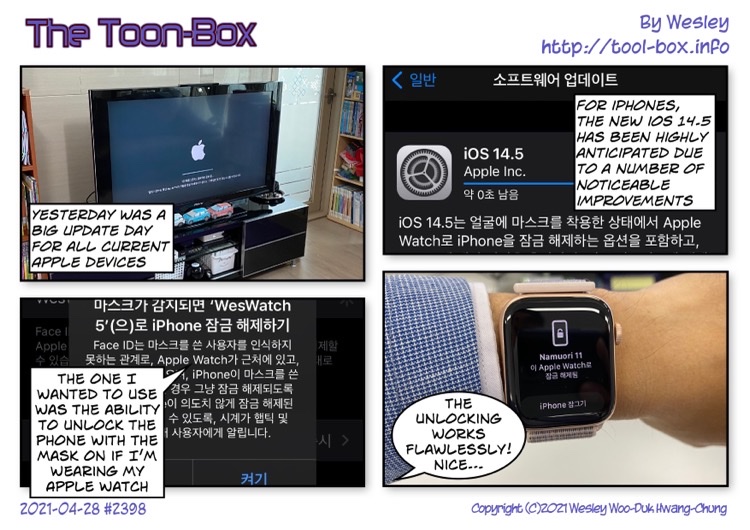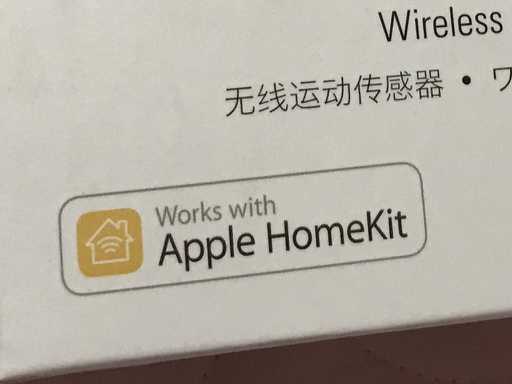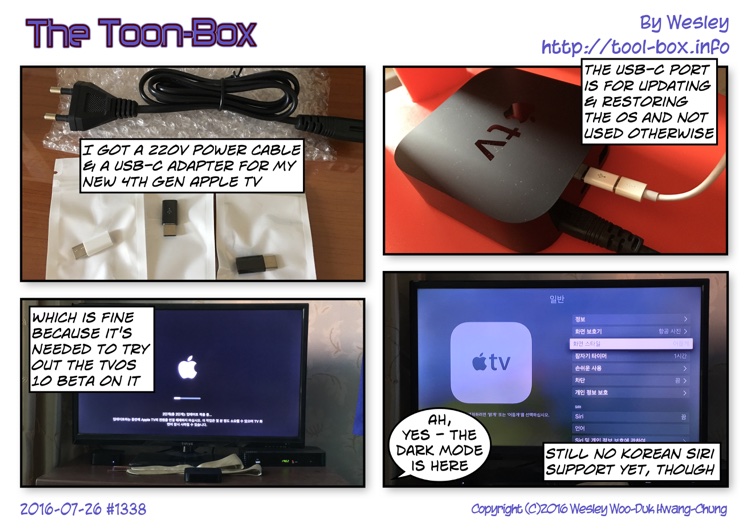Today’s “The Toon-Box”
Posted by Wesley on


| Company | Name | Off | Min. | Max. | Rated |
|---|---|---|---|---|---|
| Smart Power Plug | |||||
| Elgato | Eve Energy | 0.68 | - | 1.01 | 2,500 (EU)1 |
| Incipio | CommandKit W. Smart Outlet | 1.70 | - | 2.20 | 1,200 (US) |
| Koogeek | Smart Plug P1 | 0.92 | - | 1.60 | 2,500 (EU)1 |
| Smart Light Switch / Adapter | |||||
| Incipio | CK W. S. Light Bulb Adapter | 3.32 | - | 3.39 | 1502 |
| Leviton | DH15S-1BZ | 3.15 | 3.153 | 3.27 | 6004 |
| Koogeek | Smart Switch KH02 | 1.30 | 1.955 | 2.60 | 600 |
| Smart Light Bulb | |||||
| Philips | Hue White and Color Ambiance | 0.43 | 1.7 | 8.6 | 10.0 |
| Hue White Ambiance | 0.66 | 1.5 | 10.2 | 10.5 | |
| Hue White | 0.38 | 1.6 | 9.2 | 9.0 | |
| (Initial Peak) | 13.86 | ||||
| Hue Bridge | - | 1.12 | 1.26 | 2.32 | |
